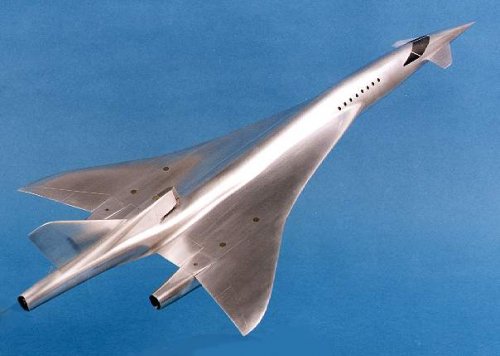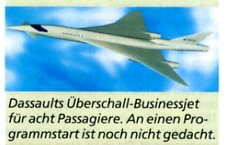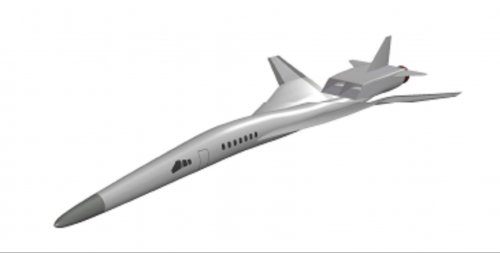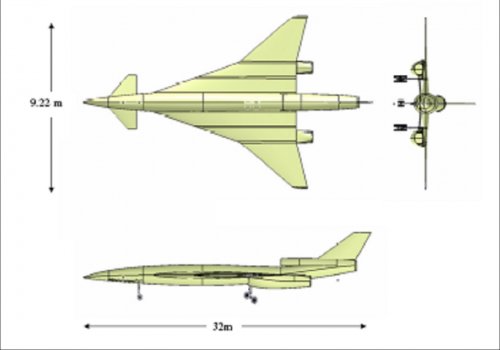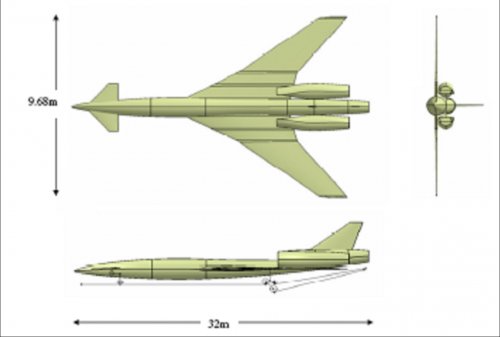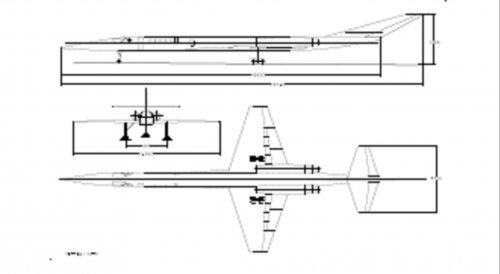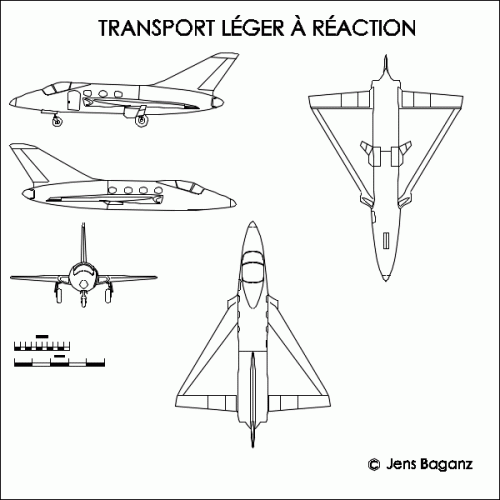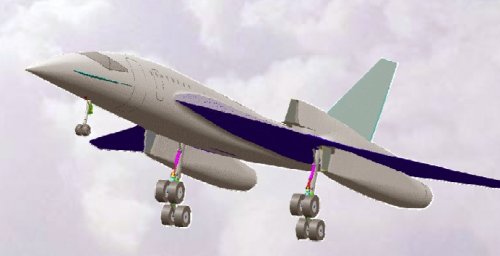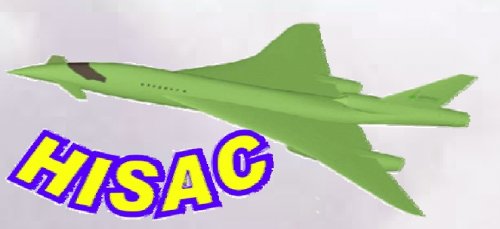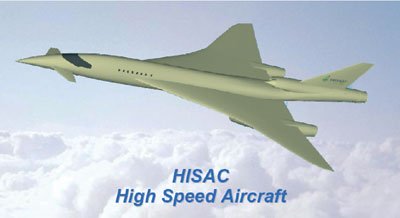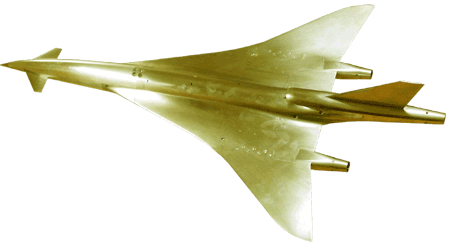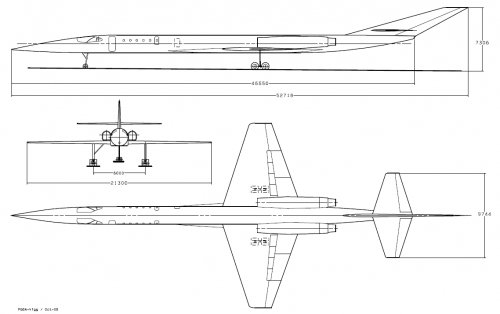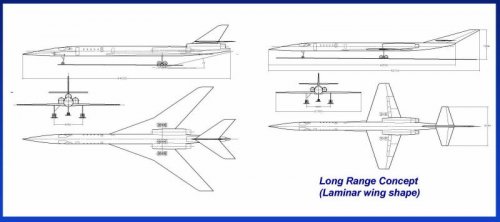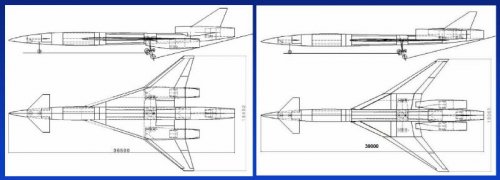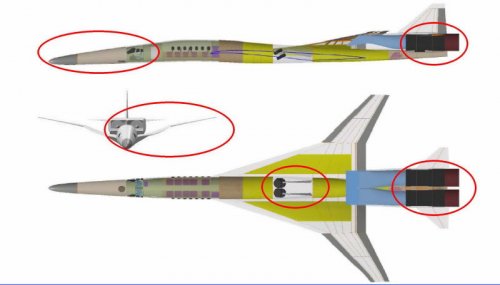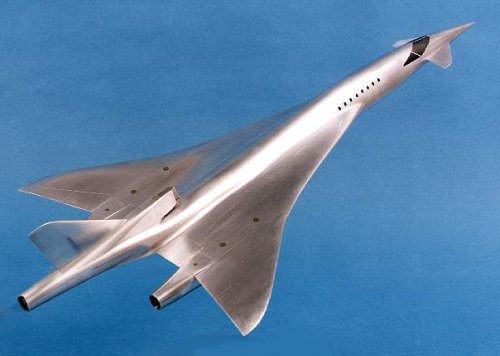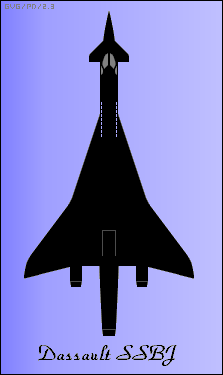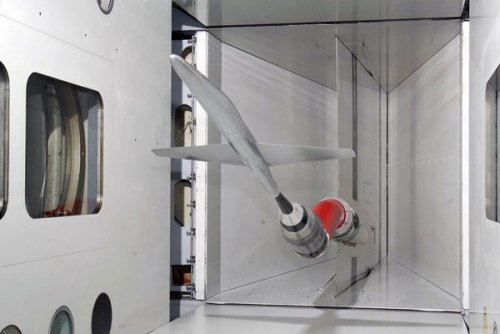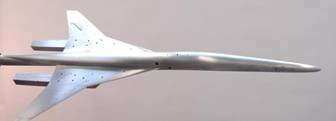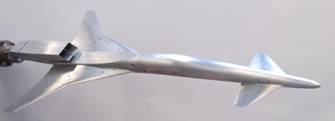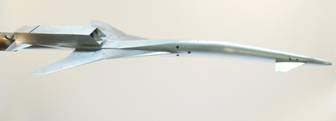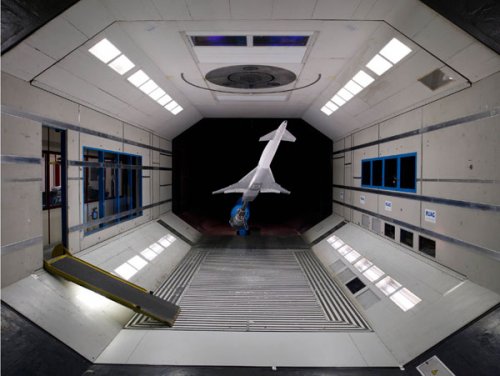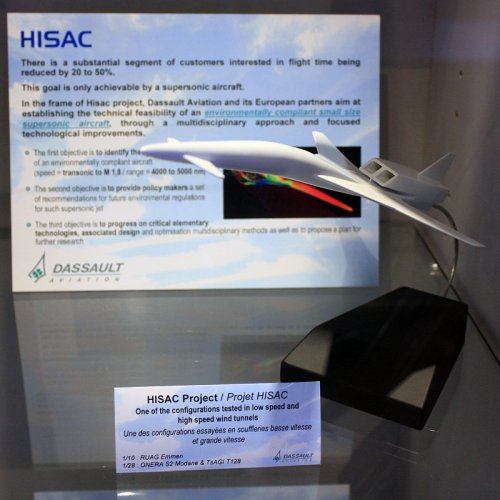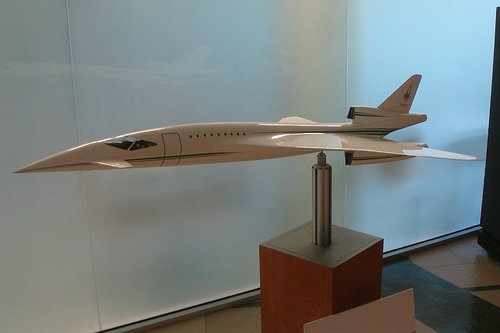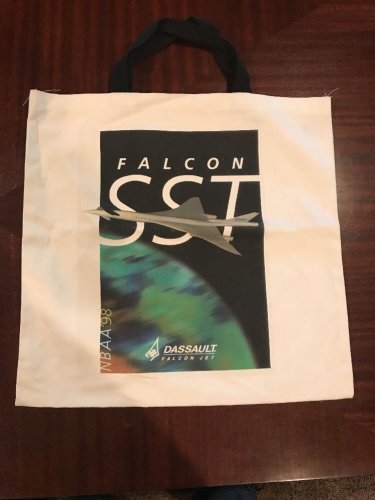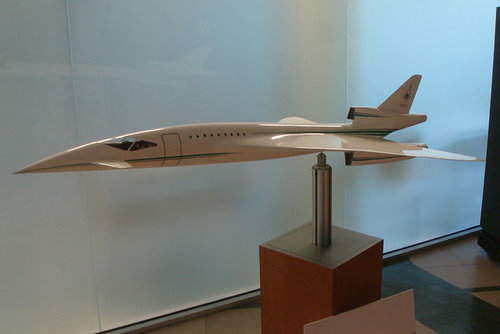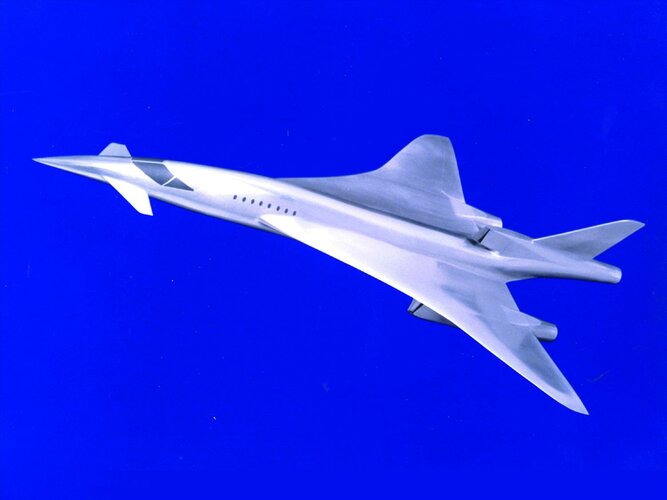1997
"Dassault discloses preliminary design work toward possible launch of a supersonic Falcon. Later, detailed information on the aircraft's size, configuration, systems and mission capabilities (cruise speed of 1.8 Mach and NBAA IFR range of 4000 nautical miles) would be announced. Sadly, the project would be put on hold in 1999 for lack of suitable engines. "
http://www.flug-revue.rotor.com/FRheft/FRH9808/FR9808f.htm
DASSAULT STUDIES SUPERSONIC BUSINESS JET
by Norbert Burgner
Especially people who fly a lot know the feeling: During the tenth annual trip from Frankfurt to Los Angeles or back time passes slowly, even on board a plane that moves at a speed of almost 1,000 km per hour. It takes about eleven hours westbound and a bit more than an twelve eastbound because of the jet stream.
Once all the work has been finished and the film shown on the in seat-video is not terribly gripping, the long wait begins, sitting through what seems to be endless time, counting of the remaining hours. Sometimes a good book helps, but alas, not always.
Wouldn't it be nice if the flight did not take eleven but six hours? The French aircraft manufacturer Dassault wants to give its customers this possibility with the world's first supersonic business jet.
The magic number is Mach 1.8, which was quoted by company boss Serge Dassault during last year's NBAA in Dallas, Texas, much to the amazement of international experts. At the end of May Dassault introduced the concept in more detail: The Supersonic Falcon is going to realise a distance of up to 7,400 km non-stop. At the envisaged speeds it will do this in about three and a half hours. Frankfurt _ Los Angeles would take six instead of eleven hours. LA - Sydney (including a refuelling stop in Papeete, Tahiti) would take 8 hrs 30 min instead of 13 hrs 30 min and London - Buenos Aires 6 hrs 50 min instead of 14 hrs 15 min.
Around the world faster than the speed of sound and this not only from Paris or London to New York, in travelling times where five minutesÕ delay can cost deals amounting to millions. This is indeed an inspired offer.
However, the price will be anything but inspired: with 70 to 80 million US dollars it is almost twice as expensive as the current biz-jet flagships that are on the scene. There are for instance the Global Express, the Gulfstream GV, the Boeing Businessjet (737) or the Airbus Corporate Jet (A319). It has to be said that the new supersonic business jet will be twice as fast.
In order to guarantee the predicted speeds, three turbofans derived from military engines will be installed. Currently the F414 by General Electric and the M88 by Snecma, which is already being used with the French fighter Rafale, are being considered. The output is said to be around 53.3 kN per engine. Dassault intends to do without the afterburners, which are used in military aircraft. This will make the engines quieter, will insure a longer life and will reduce fuel consumption.
Of the maximum take off weight (MTOW) indicated as 86,000 lbs, more than half (20.7 tons) are the weight for the necessary fuel. Dassault Executive Vice President Bruno Revellin-Falcoz explained that, the more fuel we are able to take on board in order to realise the aspired distance, the fewer passengers we are able to transport. However, the reason for constructing an aircraft is the transportation of passengers". Revellin-Falcoz illustrates the problems arising from fuel storage with the help of Concorde: "The Concorde transports its 100 passengers over a distance of up to 3,550 NM (6575 km). In order to increase this distance to 4,000 NM, the additional weight of 92 passengers would have to be taken on board as fuel. In fact the Concorde would be an eight seater airliner.
The Supersonic Falcon is intended to hava a cbain which will correspond in its size with that of the Falcon 50EX. Since aerodynamic demands differ, the fuselage will have an oval form.
According to Dassault the airliner will most definitely have a Delta-Wing-Configuration. This is for aerodynamic reasons and to enable the aircraft to reach speeds around Mach 1.8. For added stability, canards will be fitted to the nose.
Dassault plans a "smart" four wheel double axle undercarriage: During take off this construction is intended to stand up just before lift off around the axis onto the two rear wheels. The undercarriage is effectively lengthened, and the craft's rotation point is shifted to the back, which guarantees enough ground clearance for a rotation angle of 14 degrees of the 32 meters long airliner.
In order to comply with the latest guidelines for noise reduction according to ICAO level III, Dassault is working to modify the engines together with the engine manufacturers, which will be able to keep to jet speed at 360 m/sec. During supersonic flight, this speed will be 600 m/sec.
Revellin-Falcoz answers the question why Dassault is trying to achieve a cruise-speed of Mach 1.8, by saying that lesser speeds achieved a shorter range. The reason for this is the influence of head wind during super sonic flight. Thus less time could be saved, which it the whole purpose of this exercise. Higher speeds only meant a small gain as far as greater distances are concerned. However, they brought new problems with regards to wear on the engines and temperatures on the outer skin. At Mach 2 the skin reaches a temperature of over 100 degrees C.
The real question of putting this project into practise is not whether it can be realised technically, but whether it can be financed.
From page 32 of FLUG REVUE 8/98
Think that it could be preliminary studies....looks like Navaho on steroids, though...

